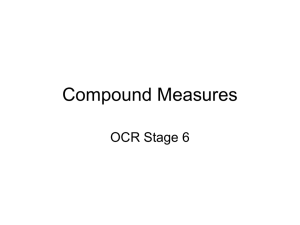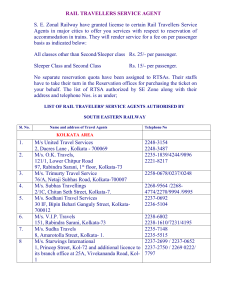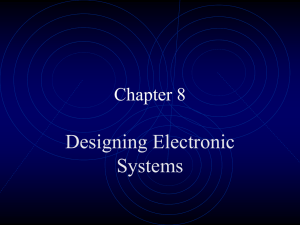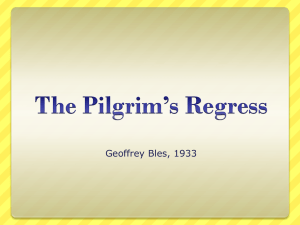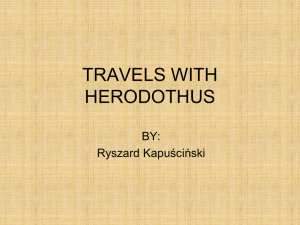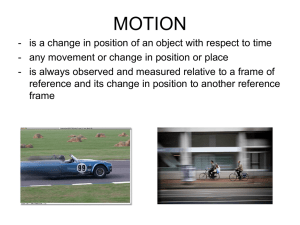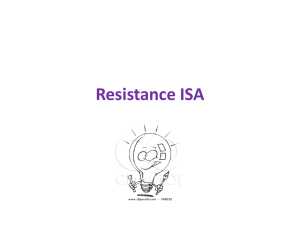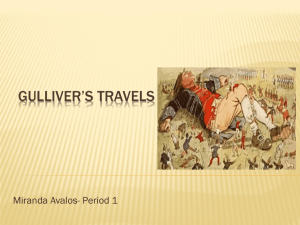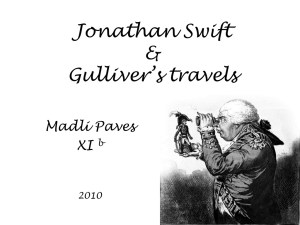Forms of Energy
advertisement
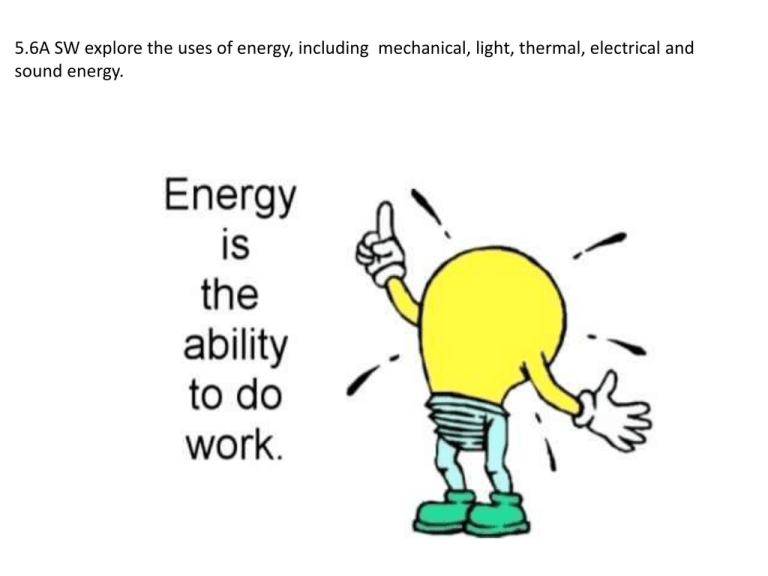
5.6A SW explore the uses of energy, including mechanical, light, thermal, electrical and sound energy. Forms of Energy -Wind is moving air. We can use the energy in wind to do work. The energy in wind comes from the sun. -When the wind blows, it pushes against the blades of the wind turbines. -The blades spin around and turn a generator that makes electricity. -This electrical energy travels to your house. Wind energy only makes a little bit of the electricity we use in the U.S. Heat Energy -Heat is a form of energy. Heat energy depends on the temperature of matter. As matter heats up its molecules vibrate faster. A thermometer measures heat energy. -We use heat, called thermal energy everyday. There is a rule of heat flow—Heat always moves from a hotter object to a cooler object. -Energy cannot be created or destroyed. The same amount of energy exists before and after it changes form. EX: Wind Mechanical Electrical Heat Iron clothes Sound Energy -Sound is a form of energy created when an object vibrates. - A tuning fork emits sound when it vibrates. -When a drummer plays a drum, the drumhead vibrates and creates sound waves. -Sound waves cannot exist in outer space. They must pass through a medium. A medium is a solid, liquid or gas. -Sound waves travel faster through a solid than a liquid. It travels faster through a liquid than through a gas. Sound travels the slowest through air. -Sound energy helps us communicate with our friends, listen to music, and watch television. Light Energy -Light is a form of energy that travels in waves. Light travels in straight lines unless it hits another object. -Light is produced when one form of energy is changed to light energy. -The source might be a candle, a light bulb, a fire, or the sun. Mechanical Energy -There are two forms of mechanical energy: Kinetic energy-the energy of motion Potential energy-stored energy -A roller coaster at the top of the hill has potential energy. -As the car moves downhill, potential energy changes to kinetic energy. Forms of Energy Electrical Energy-Circuits 5.6B SW demonstrate that the flow of electricity in circuits requires a complete path through which an electric current can pass and can produce light, heat an sound -Electricity-is a form of energy that is produced when electrons move from one place to another -The constant flow of electrons is called an electric current. -Materials that allow electricity to move through them easily are called Conductors. -Copper is a very good conductor of electricity. That’s why electrical wires are made of copper. -Materials that resist the flow of electricity are called insulators. -Rubber and plastic resist the flow of electricity. That makes them good insulators. Electric circuit-is a pathway that electrons flow through. Electric circuits allow electrical energy to be changed into other forms of energy. Closed circuit-the switch is in the ON position. Think of the switch as a drawbridge. When it is in the down position, electrons can flow across the bridge from one wire to the other wire. The bulb lights. Open circuit-the switch is in the OFF position. Electrons can’t flow from one wire to the other wire . The bulb turns off. Light Energy-Reflection and Refraction 5.6C SW demonstrate that light travels in a straight line until it strikes an object or travels through one medium to another and demonstrate that light can be reflected such as the use of mirrors or other shiny surfaces and refracted such as the appearance of an object when observed through water Light Energy is a form of energy that travels in waves. It can come from a light bulb, the sun, or a computer screen. No matter what the source it is, light travels in a straight line. Light Energy Terms Reflection-The bouncing of light from a surface. Light travels in straight lines unless it hits another surface. Then it reflects in angles. Refraction-the bending of light as it moves from one material into another. Convex lens- a lens that is thicker in the center and thinner at the edges. This shape bends light rays inward. Concave lens-is a lens that is thinner in the center and thicker at the edges. This shape bends light outward. Transmit-means that light passes through an object. Light can pass through a transparent window or something that is translucent. Transparent-allows light to be transmitted or to pass through Translucent- allows some light to be transmitted or to pass through Opaque-does not allow any light to be transmitted or to pass through Absorb- means the light is taken in by the object Matter and Energy 5.5A,B.C,D Classify matter based on physical properties, including mass, magnetism, physical state, relative density (sinking and floating), solubility in water, and the ability to conduct or insulate thermal energy or electric energy. Identify the boiling, freezing, and melting points of water on the Celsius scale ,demonstrate that some mixtures maintain their physical properties and identify changes that occur in the physical properties of solutions such as dissolving salt in water or adding lemon juice to water
